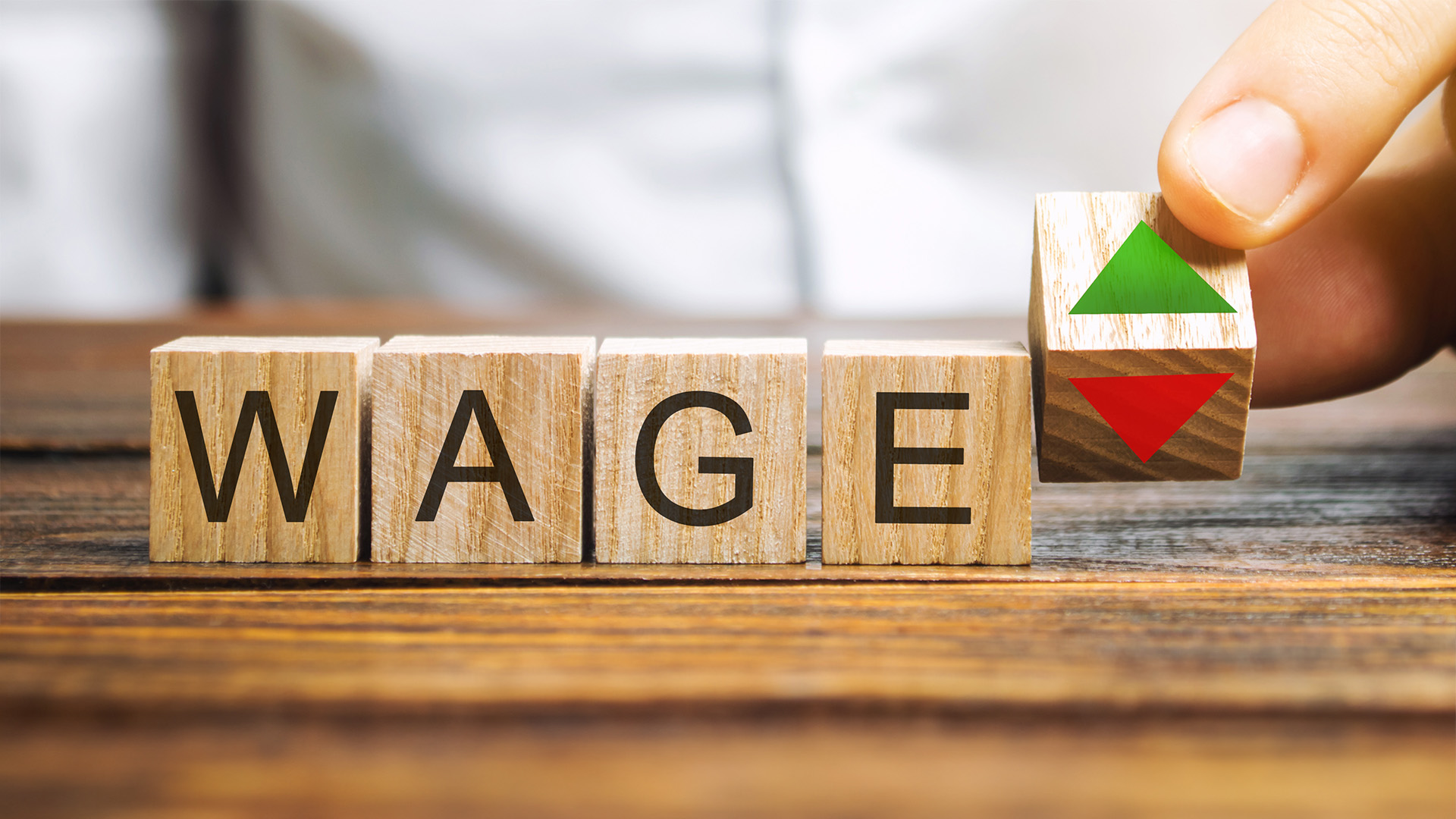By the tiniest of margins, Australian wages grew faster than inflation in the three months to December, but it would not have happened had it not been for revisions to previous estimates in the Wage Price Index.
The Index rose at an annual rate of 4.2% in the quarter, while the Consumer Price Index rose at an annual 4.1% rate.
Figures from the Australian Bureau of Statistics (ABS) on Wednesday showed the index rose 0.9% in the December quarter, matching market forecasts.
That was faster than the 0.6% rise in the Consumer Price Index in the quarter.
The rise for the June quarter was lifted to 1% from 0.9% originally reported and an annual rise of 3.7% instead of 3.6%.
The quarterly rise was down sharply from the September quarter when the index jumped a record 1.3% the previous quarter thanks to two minimum wage decisions being included in the period.
Private sector wages rose 0.9% while the smaller public sector saw a rise of 1.3% thanks to a number of award settlements in many state jurisdictions. Wages growth in the private sector eased slightly to 4.2% for the year to December quarter (from 4.3% in the September quarter). The public sector had the highest wage growth since the March quarter 2010 at 4.3%, up from 3.5% in the September quarter.
The ABS said the industries with the largest contribution to quarterly wage growth were Health care and social assistance (1.3%) and Education and training (1.7%).
The quarterly rise is now back to where it was at the start of 2023 and is on track with forecasts from the Reserve Bank and Treasury.














